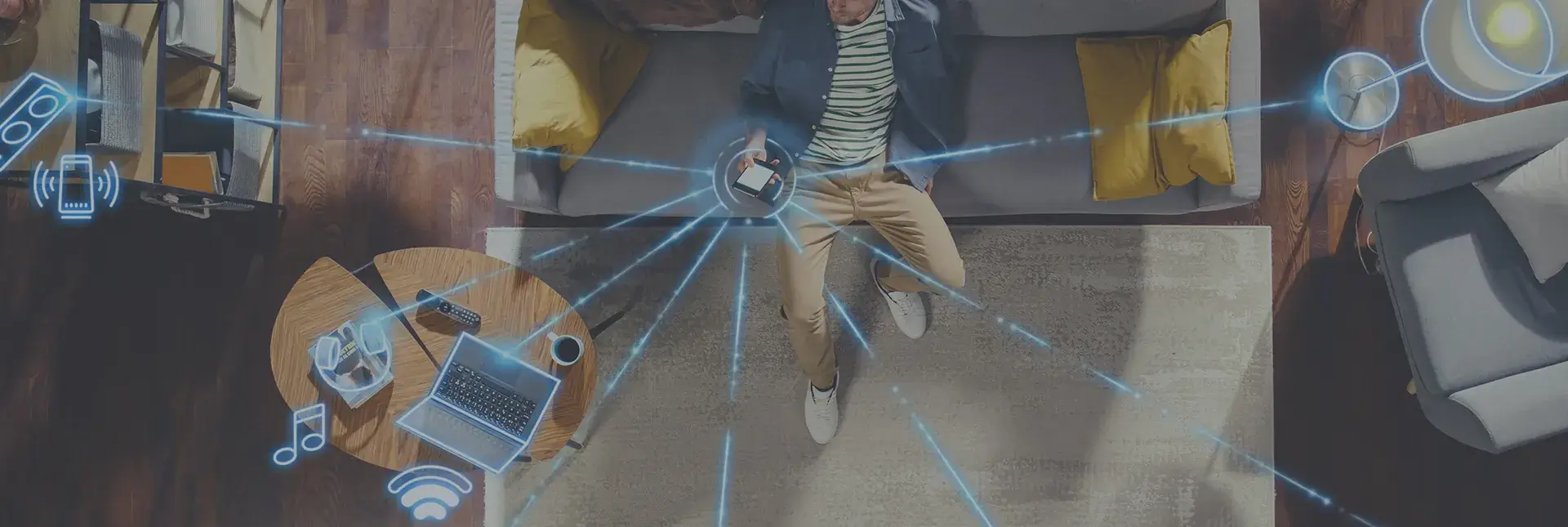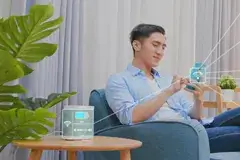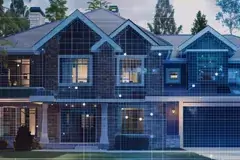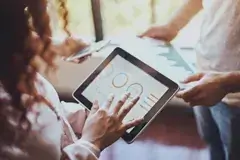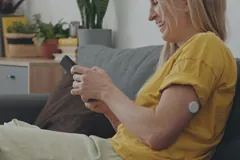![]() Leveraging extensive experience with Internet of Things engineering and IoT app development, Cardinal Peak empowers clients with the ability to quickly design products that seamlessly integrate with mobile applications and cloud systems. By their nature, IoT systems are complex and require detailed knowledge of communications protocols, security standards, data collection, AI/ML and analytics. As many IoT applications are high volume, designing to minimize both the device BOM and the long-term cloud costs is crucial.
Leveraging extensive experience with Internet of Things engineering and IoT app development, Cardinal Peak empowers clients with the ability to quickly design products that seamlessly integrate with mobile applications and cloud systems. By their nature, IoT systems are complex and require detailed knowledge of communications protocols, security standards, data collection, AI/ML and analytics. As many IoT applications are high volume, designing to minimize both the device BOM and the long-term cloud costs is crucial.
As a leading IoT engineering services firm, Cardinal Peak understands those requirements and possesses the IoT engineering skills and experience necessary to develop connected devices that can thrive in today’s networked ecosystems.
IoT Product Design and Managed Service Expertise
With over 2,000 dedicated IoT specialized resources and another 900 AI/ML experts, Cardinal Peak accelerates your IoT product journey. Our end-to-end design services coupled with our managed services and sustaining engineering provide you with complete IoT product life cycle support.
Connected Device Engineering
Our team designs both the “Things” of IoT along with hubs and more sophisticated connected device engineering including electronic hardware design and embedded software development.
IoT Cloud Software Development
With over 1100 AWS experts, we develop cloud-native software services to manage IoT fleets, extract insights from devices, and integrate with business processes.
Mobile Application Development
Our mobile app development experts develop differentiated mobile applications that address the complex issues connected devices and audio/video systems face.
IoT Accelerators
We have IoT accelerators that speed time to market and lowers NRE.
AI/ML
Our data scientists with our AI/ML team turn data from IoT devices into actionable intelligence to provide differentiated features that delight your customers.
Managed Services
We provide managed services for operating IoT fleets as well as supplying tier 2 support.
The Elements of a Typical IoT System
IoT systems typically consist of connected devices or sensors that leverage wireless communications to “talk” to cloud applications. Once the device-generated data is sent to the cloud, software processes it to take action. If user input is needed, a user interface enables them to proactively check in on the system or perform an action and affect the system.
Elements of an Internet of Things (IoT) System
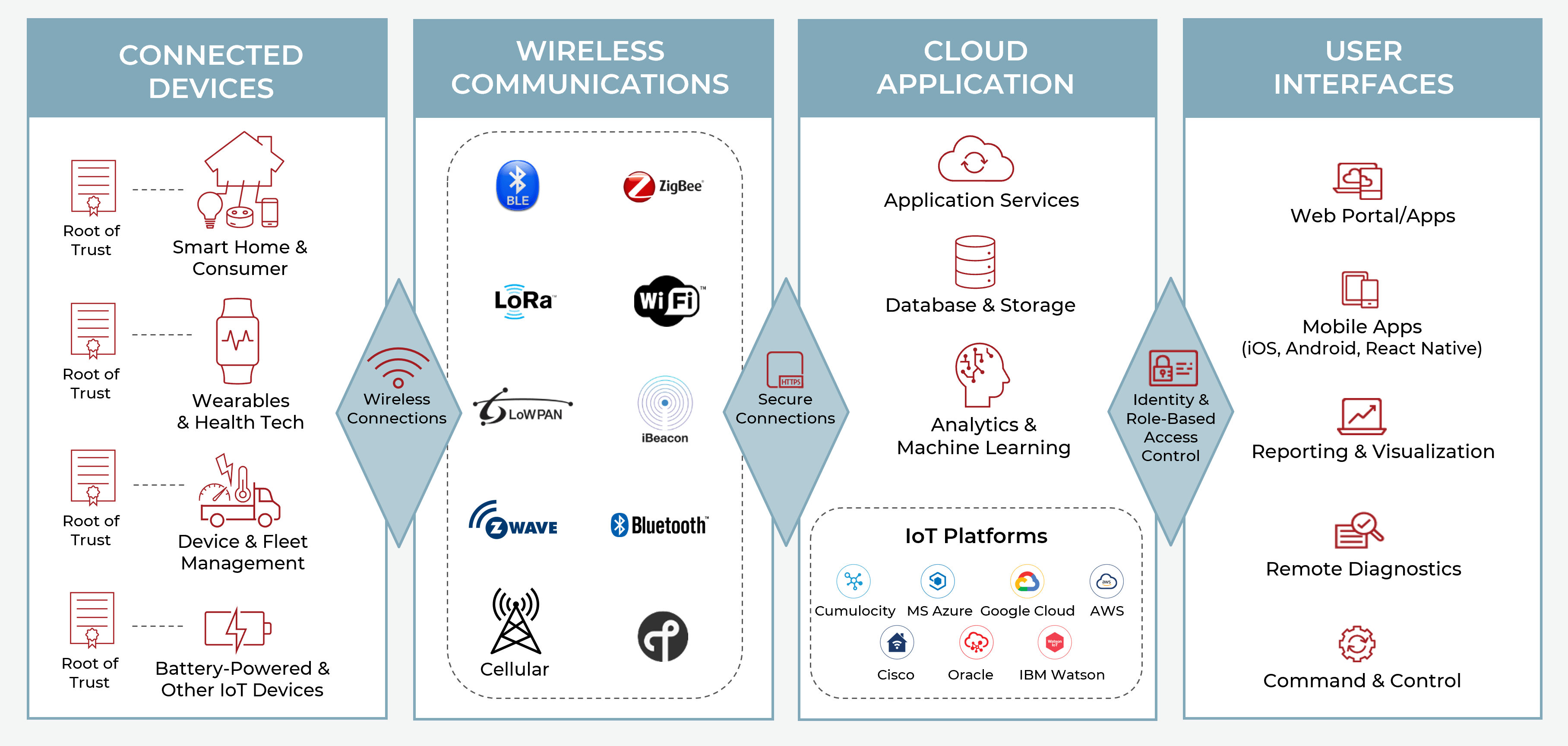
IoT Engineering Services Case Studies
As a top IoT product engineering design company, Cardinal Peak supports innovative Internet of Things engineering, including the projects below. From devices, connectivity and IoT apps to cloud transformation and migration, and edge AI/ML, if you’re looking for a partner to help you build internet of things products, let us know how you’d like to leverage our innovative IoT engineering services.
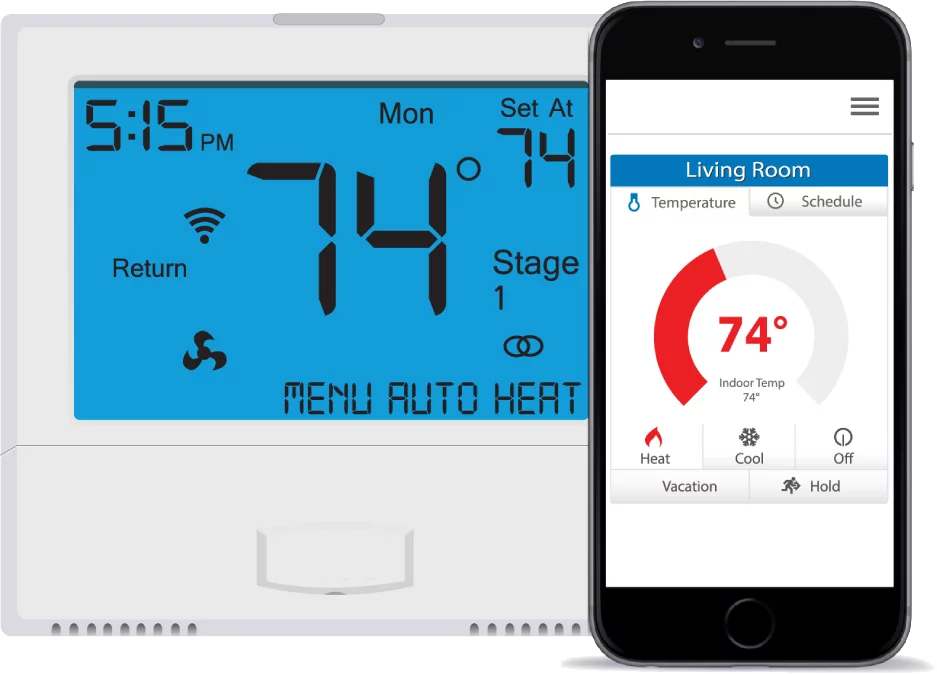
Our IoT Product Designs
Leveraging nearly two decades of IoT product design and development expertise, Cardinal Peak is uniquely qualified to help you chart your product’s development. This page highlights several of the products we’ve designed and answers IoT engineering FAQs.

Transforming IoT: Migrating from PaaS to a Custom RainMaker Solution
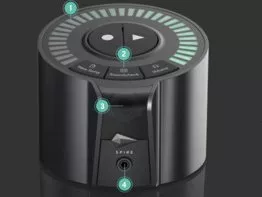
IoT Portable Recording Studio
A talented musician himself, iZotope’s CEO Mark Ethier recognized how technology can get in the way of a creative moment. This case study delves into how we helped iZotope turn its vision of a portable music recording studio into reality.
Leveraging nearly two decades of IoT product design and development expertise, Cardinal Peak is uniquely qualified to help you chart your product’s development. This page highlights several of the products we’ve designed and answers IoT engineering FAQs.
A talented musician himself, iZotope’s CEO Mark Ethier recognized how technology can get in the way of a creative moment. This case study delves into how we helped iZotope turn its vision of a portable music recording studio into reality.
IoT Design Services & Technologies Overview
IoT Device Engineering
Designing and developing connected devices (the “things” that comprise the IoT) requires a wide variety of skills, such as:
- Industrial design to create the look and feel of the device.
- Mechanical design of the device housing.
- Electronic product design, including schematic capture, board layout and optimization of the bill of materials (BOM).
- Embedded software development, including:
- Basic device operation and features.
- Over-the-air (OTA) updates.
- Root of trust.
- AI/ML on the edge.
- Cloud-device API.
- Communication protocols and standards, such as video or audio streaming.
- Radio and antenna design along with FCC certification.
Cloud Application Development
The cloud application sits at the crossroads of data collection, device control, data mining and presentation to deliver on the IoT product’s value proposition. Common elements in a cloud application include:
- Business logic, such as basic features of the system.
- Device fleet management, including firmware updates, etc.
- Role-based access control for system users.
- User account management.
- Security policies, such as logins, MFA, etc.
- APIs to device(s) and other app(s).
- AI- or ML-powered analytics.
- Administration tools and dashboards to provide as-a-service offerings.
- Usage data for billing.
User Interface for Web Portals and Standalone Apps
While the cloud manages the entire system, including security policies, the user interface is critical for conveying the right information to each user role. Some of the considerations in developing these interfaces include:
- UI design for each role in the system, whether for mobile applications or web portals.
- Including typical display elements, such as:
- Command and control.
- Reporting and visualizations.
- Diagnostics.
- Account management.
- Mobile applications: iOS, Android or dedicated devices like Echo Show.
- Web portal development: Frequently, a variety of web portals are developed for a given IoT product so that each type of user that accesses the system can see the information pertinent to their job function. Typical web portals include:
- End-user portals for device and account management and data visualization.
- Service web portals for customer support personnel.
- Value-added reseller (VAR) portals for management of the devices under that VAR agreement.
- Manufacturing portals for loading of credentials and certificates.
- Providing regular reports and training materials can help keep users engaged with your brand even if they choose to interact with your product(s) through other interfaces like Amazon Alexa or Google Nest.
Getting Started on Your IoT Product Development
While the summary above provides a good starting point, there are many other considerations to factor in during the IoT product design and development process. Our end-to-end IoT engineering services can help you:
- Refine your vision.
- Estimate development costs.
- Calculate the operational costs, including the BOM and cloud expenditures.
- Design, develop, test, launch and maintain your IoT product.
At Cardinal Peak, our deep IoT engineering expertise ensures your connected product will be intuitive to set up and use while maintaining security. We work with many of the major IoT platforms and component suppliers and appropriately leverage existing technologies to streamline development. Let us know how our IoT engineering services can help you bring your connected product to life.
IoT Engineering FAQs
What is Internet of Things Engineering?
At the most basic level, IoT systems consist of the following:
- “Things,” which are small electronic devices with embedded communications, such as Wi-Fi, Zigbee, LoRa, etc. Common examples are connected thermostats, locks and lights.
- A cloud application that manages the devices and user accounts. The cloud application communicates with the things, generally storing historical data and managing over-the-air (OTA) software updates. The cloud also authenticates devices and users to manage security.
- An end-user app that lets consumers control their devices and view any data produced.
IoT engineering encompasses all the tasks required to ensure the thing, cloud application and end-user app can communicate to perform their functions and work seamlessly together.
What are IoT Design Services?
IoT product engineering services include hardware, embedded software, cloud and mobile app development. End-to-end services take your IoT project from an idea through design and development to its launch. Proven IoT expertise, responsive communication and ongoing support are critical to solve the most difficult IoT engineering problems and successfully bring even the most complicated innovations to market quickly.
How Does IoT App Development Differ From Other App Development?
Developing IoT apps for smartphones differs from other app development in one important way — IoT apps interact directly with physical devices for command and control, onboarding (registration and Wi-Fi connection), and OTA embedded software updates. While this may seem like a subtle point, app developers that are not used to interfacing with hardware devices often do not understand the complexities involved.
First, hardware devices generally make use of a state machine so they might behave differently when in different states. The IoT app needs to be able to navigate these states. Second, hardware devices generally require time to perform their actions. For example, telling a space heater to start heating can take many seconds and while heating up, it will not respond to commands. App developers that are used to working with API calls to the cloud are used to instant answers and behaviors. Finally, OTA updates often require special attention. While silicon vendors provide reference code for both the app and the device, this code generally does not solve all the problems, so it is necessary to tweak it to accommodate differences.
Cardinal Peak works on all aspects of IoT product designs, including hardware, cloud and embedded software, so we can help you overcome the challenges of IoT app design. Reach out today to connect with our team.
IoT Design Services Related Articles
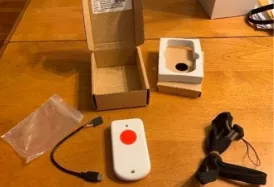
How to Set Up and Work With a LoRa Device
Our expert details the process of setting up and working with a LoRa GPS-tracker node device to keep track of its location via GPS and send data through gateways onto the LoRaWAN network.

Counterfeit Protection: Exploring the Role of NFC in the IoT
From enabling secure, tap-and-go transactions to driving innovative IoT applications, NFC is now a ubiquitous force in our lives. Learn how NFC technology combats challenges of counterfeiting and gray market products.
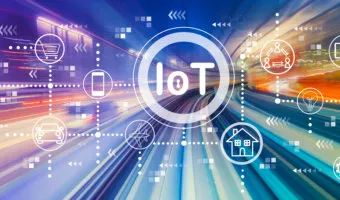
Creating Value for Your Business with End-to-End IoT Engineering
From connectivity, flexibility and scalability to automation, efficiency and collaboration, Internet of Things engineering, combined with cloud connectivity, delivers significant value to businesses.
Our expert details the process of setting up and working with a LoRa GPS-tracker node device to keep track of its location via GPS and send data through gateways onto the LoRaWAN network.
From enabling secure, tap-and-go transactions to driving innovative IoT applications, NFC is now a ubiquitous force in our lives. Learn how NFC technology combats challenges of counterfeiting and gray market products.
From connectivity, flexibility and scalability to automation, efficiency and collaboration, Internet of Things engineering, combined with cloud connectivity, delivers significant value to businesses.
Read Our Guide to End-to-End IoT Product Design
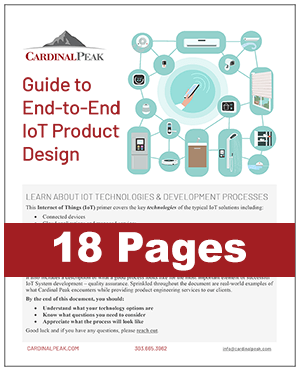 Download our whitepaper on end-to-end IoT product design to understand options and questions to consider for your connected device development. Learn about the IoT development process, typical IoT technologies, cloud services that can support your device, how to plan your mobile app development, security considerations, and more.
Download our whitepaper on end-to-end IoT product design to understand options and questions to consider for your connected device development. Learn about the IoT development process, typical IoT technologies, cloud services that can support your device, how to plan your mobile app development, security considerations, and more.
See more information on our Guide to End-to-End IoT Product Design.

